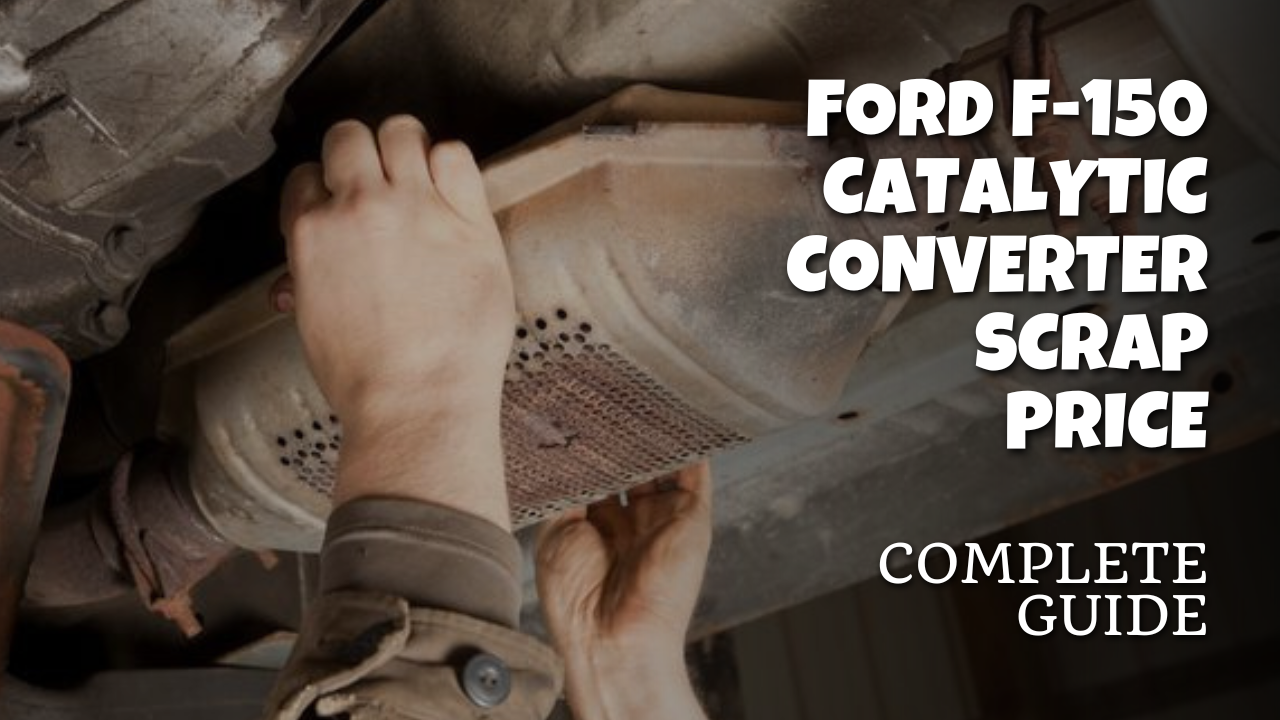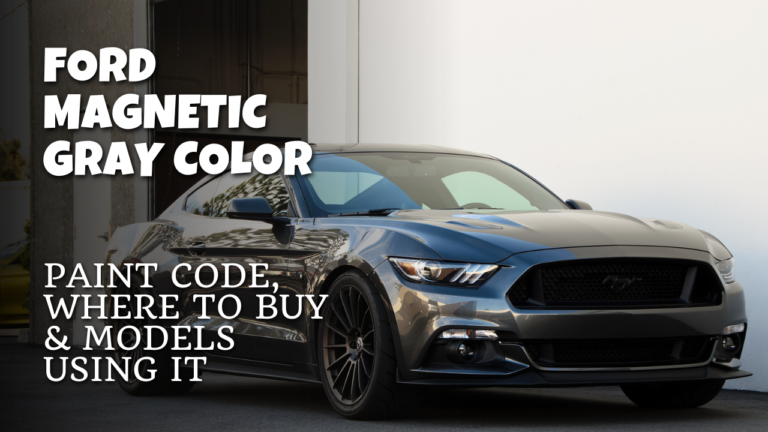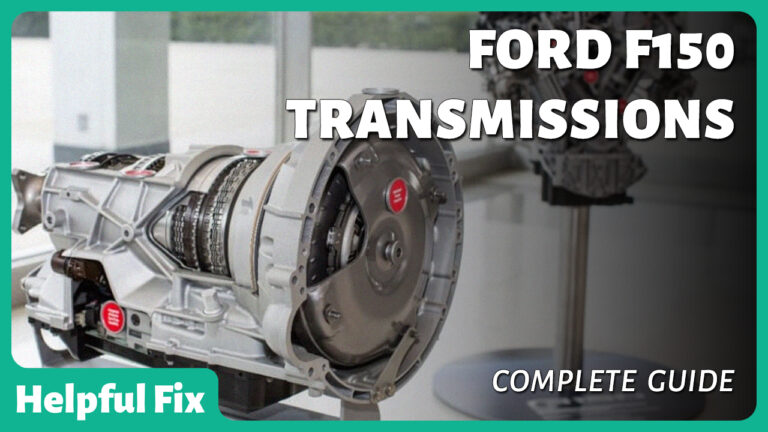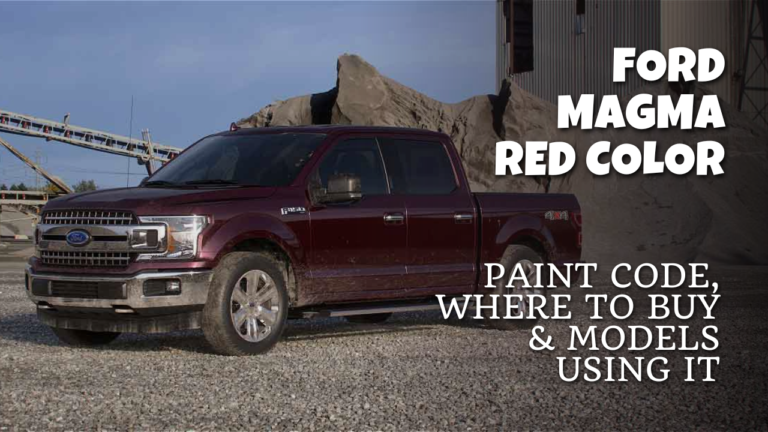Ford F-150 Catalytic Converter Scrap Price – Complete Guide
Ford trucks have a reputation for being extremely powerful and durable. While the truck can last long, certain components exposed to stress can fail sooner.
The catalytic converter is one of these components – notorious for failing on heavily used trucks. In most cases, catalytic converters are rated to work for at least ten years, but these exhaust system components can fail sooner due to damage or extensive use.
Luckily, scrap parts make it easy to replace these converters. Here is what you need to know about the catalytic converter on an F-150.
Catalytic Converter Prices
Catalytic converter (cat) prices vary depending on a few factors when buying it in scrap. Some junkyards prefer to sell parts based on the weight of the parts, some prefer to sell them based on condition, while others choose to refurbish and sell near-new parts.
Moreover, certain models of F-150 have more expensive cats. You can buy OEM cat converters and aftermarket cat converters from your local junkyard.
Naturally, the OEM converters are going to be significantly more expensive.
The table below will give you an overall idea of what catalytic converters cost for F-150s.
| Scrap OEM | Scrap Aftermarket | Refurbished OEM | New OEM | |
| Eco-Boost | $400-$600 | $30-100 | $300-$600 | $600-$900 |
| 4000CC and Above | $600-$800 | $50-$500 | $500-$1000 | $100-$1500 |
Eco-Boost Converters
The latest models of the F-150 are also available with a 3.5L eco-boost engine. Since this is a much smaller engine with newer technology, its emissions are naturally lower than older models.
This means that eco-boost trucks have smaller and cheaper catalytic converters.
Remember that the eco-boost trucks only have a single cat converter right after the engine, whereas the older trucks with I6 or V8 engines have two.
In larger displacement trucks, a cat converter is located right after the exhaust manifold near the engine. A second one is located just before the resonator at the end of the exhaust pipe.
4000CC And Above Converters
If you have a vehicle above 4000CC, you can be sure there are two converters. Each of these converters will be more expensive, and since you have to install two, it doubles the cost of the procedure.
Scrap OEM And After-market
If you’re buying an OEM cat converter from a junkyard, this should cost $600-$800 per converter for a 4000CC and above truck.
If you’re buying a scrap OEM converter for an eco-boost truck, the price will range between $400-$600.
An aftermarket cat converter for a 4000CC and above truck can be as cheap as $50-$500, depending on the brand and size.
When considering the price of an aftermarket cat converter, the main thing to note is how many holes the honeycomb filter in the converter has. Lower-priced versions can have as few as 200, whereas more expensive ones will have double that amount.
OEM catalytic converters will have around 500 pinholes in the honeycomb.
Refurbished
It’s possible to find refurbished catalytic converters at a junkyard. These converters have taken off vehicles that have been totaled and cleaned out to be sold again.
If you get a good condition OEM catalytic converter for a 4000cc vehicle, it’s worth between $500-$1000. For eco-boost vehicles, it will cost somewhere between $300-$600.
It’s unlikely that you will find a refurbished aftermarket catalytic converter because it isn’t valuable enough for a junkyard dealer to spend money cleaning it out.
New
If you want the best performance and the highest reliability, getting a brand-new converter is the best option. These will cost around $1000-$1500 for 4000CC and above vehicles, depending on where you get it from and whether it is a front or rear catalytic converter.
Brand new converters for eco-boost F-150s range between $600-$900.
Labor
Getting the catalytic converter is one part of the equation; the other cost is getting it fitted. If you have a newer vehicle (2014-present), then you may be able to change the converter yourself.
In these vehicles, the catalytic converters are bolted with flanges, whereas in older models, the rear converter would be welded onto the rear resonator. Cutting through the welded part can be dangerous and ruin the rest of the exhaust if you don’t know what you’re doing.
Labor for a catalytic replacement will cost $100-$200. This is a small price to pay for a proper job, considering how expensive the cat itself is.
Cats’ Purpose
Catalytic converters help filter out the exhaust gas leaving the engine so that there are fewer emissions from your vehicle. They essentially make vehicles more environmentally friendly.
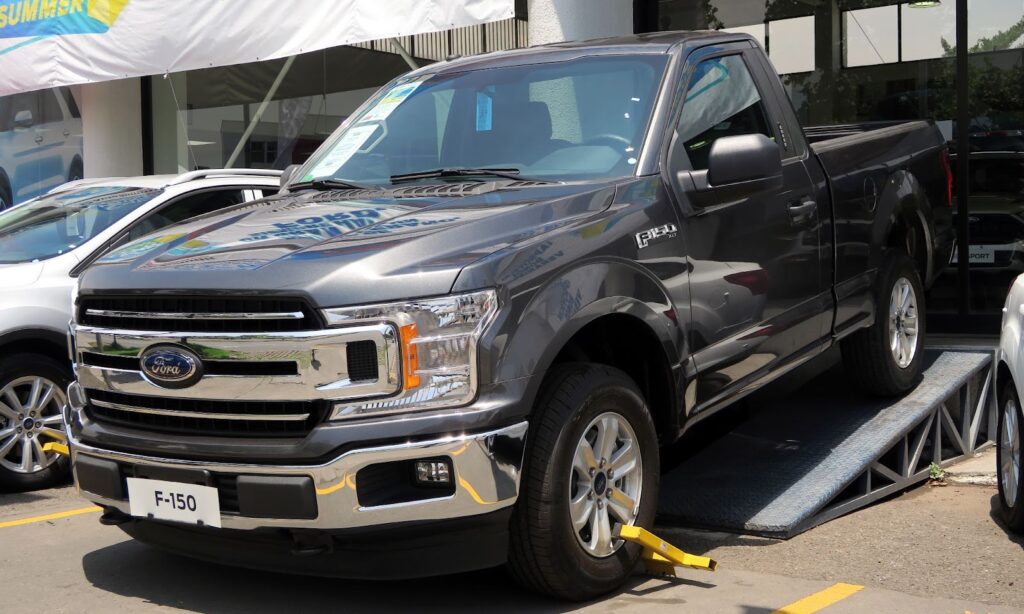
Signs Of Catalytic Damage
Damage to the catalytic converter can manifest itself in three main ways.
- The engine is getting hotter than normal. The engine heat warning sign is coming on even though your radiator is full and there is sufficient engine oil. This happens because exhaust gasses cannot escape from the engine, and as they build up, they heat the engine.
- The vehicle won’t accelerate properly or will not go above a certain speed. This is because the exhaust gasses trapped in the engine and in the exhaust pipeline prevent the engine from creating enough pressure – which, in turn, limits the amount of power the engine can produce.
- There is visible smoke coming through the exhaust, or the gas coming out of the exhaust smells bad (like rotten eggs). This is due to dirt in the catalytic converter being burnt up and creating smoke or the converter’s dirt causing the exhaust gasses’ bad smell.
If you’ve been experiencing any of these problems, the catalytic converter is likely the issue – but you should always double-check before purchasing a new cat.
A pressure gauge is one of the best ways to check catalytic converter health. You can connect the gauge to both converters one at a time and check how much pressure is building up in the pipeline.
A healthy catalytic converter should have a pressure of 0.5PSI to 1.5PSI. Anything above 3 PSI is a clear indicator of a faulty catalytic converter.
Some workshops have cameras that they put through the air sensor hole to visually inspect the condition of the honeycomb in the catalytic converter. Getting these checks done will give you a good idea of whether or not replacing the catalytic converter is necessary.

